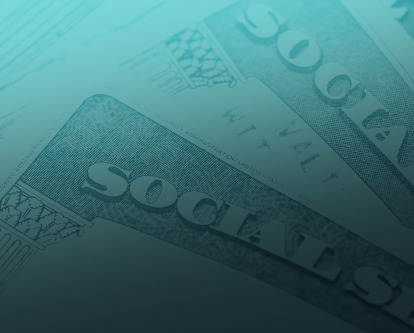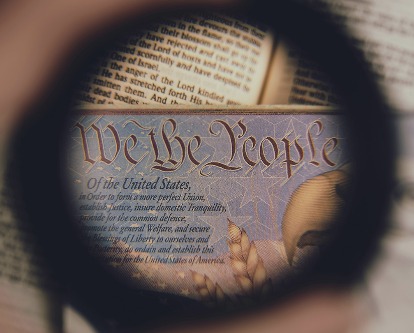 When the COVID-19 vaccine first became available in the United States, demand far exceeded supply. At the height of the vaccination campaign, nearly 2 million people were being fully vaccinated each week. By October 2021, that number had dropped below 250,000 a week—even though more than 60 million adults remained unvaccinated.
When the COVID-19 vaccine first became available in the United States, demand far exceeded supply. At the height of the vaccination campaign, nearly 2 million people were being fully vaccinated each week. By October 2021, that number had dropped below 250,000 a week—even though more than 60 million adults remained unvaccinated.
In response, many state and local governments, employers and health systems turned to public health messages and financial incentives—gift cards, saving bonds and even lotteries with grand prizes of $1 million or higher—to increase vaccination rates. But did they work?
Associate Professor of Finance and Business Economics at the USC Marshall School of Business Tom Chang and his colleagues conducted a randomized trial to test the impact of these kinds of “behavioral nudges” on vaccination rates.
Given the effectiveness of messaging for flu vaccines, their hypothesis was that financial incentives, messaging and an easy scheduling link would all increase vaccine uptake among the vaccine hesitant population.
Instead, they were surprised by their findings.
“Financial Incentives and Other Nudges Do Not Increase COVID-19 Vaccinations Among the Vaccine Hesitant” was published as a National Bureau of Economic Research working paper by Chang, Mireille Jacobson (USC Leonard Davis School of Gerontology), Manisha Shah (UCLA Luskin School of Public Affairs), Rajiv Pramanik and Samir B. Shah (Contra Costa Health Services).
In the trial, unvaccinated members of a Medicaid managed care health plan in Contra Costa County, Calif., were randomly assigned to $10 or $50 financial incentives, three different public health messages, a simple appointment scheduler, or control. The researchers evaluated participants’ stated intentions versus actual vaccination (at least one dose) within 30 days of the trial relative to the control group.
Chang and his colleagues found that: “While messages increased vaccination intentions, none of the treatments increased overall vaccination rates.”
The researchers also found that sometimes these efforts could backfire.
“Consistent with backlash concerns, financial incentives and negative messages decreased vaccination rates for some subgroups," researchers wrote.
Specifically, financial incentives backfired with individuals 40 and older and those who supported Donald Trump in the 2020 presidential election.
Negatively framed messages decreased vaccination intentions for men and those under 40, depending on the race and gender of the messenger.
The negative messages, developed by the researchers in consultation with medical and behavioral science experts, highlighted the safety of vaccines and the negative health consequences of remaining unvaccinated versus a third message publicly available from the California Department of Public Health, which focused on getting back to normal.
According to Contra Costa County Health Services vaccine dashboard, the county has a high rate of vaccination, with some 85 percent of its population having received at least one dose and 78 percent having received both doses as of Jan. 6, 2022.) The county was able to offer vaccinations to all adults at the end of March 2021, several weeks in advance of the state. The study, fielded in the late spring and summer of 2021, focused specifically on individuals who had delayed vaccination despite weeks of eligibility and ample supply of vaccine.
Policy Suggestions
While the researchers admit that their findings may not generalize beyond this population, their findings provide several lessons for more effective, evidence-based policy making on COVID vaccinations.
These include:
- “In some cases, self-stated vaccination intentions are a misleading indicator of how actual vaccinations respond to messaging, providing false positive or false negative estimates of intervention effectiveness. Our findings suggest that studies that rely on self-stated intentions with respect to SARS-CoV-2 vaccinations should, at a minimum, be interpreted with caution."
- “Many of the efforts that have proved popular in the past and in other contexts, including small financial incentives, are unlikely to convince a substantial share of the currently unvaccinated to get vaccinated and may, in fact, backfire. Reaching a goal of very high vaccination rates likely requires much stronger policy levers, such as employer rules or government mandates.”
“Our study is a good example of why we need to do the work and actually test ideas in the field,” said Chang. “Too much of what we do—both in terms of public policy and in our own lives—involves arguing over anecdotes without relying on evidence or sometimes even facts. And as we show in this case, some of these gut-based policies are not just ineffective, but can even backfire.”




